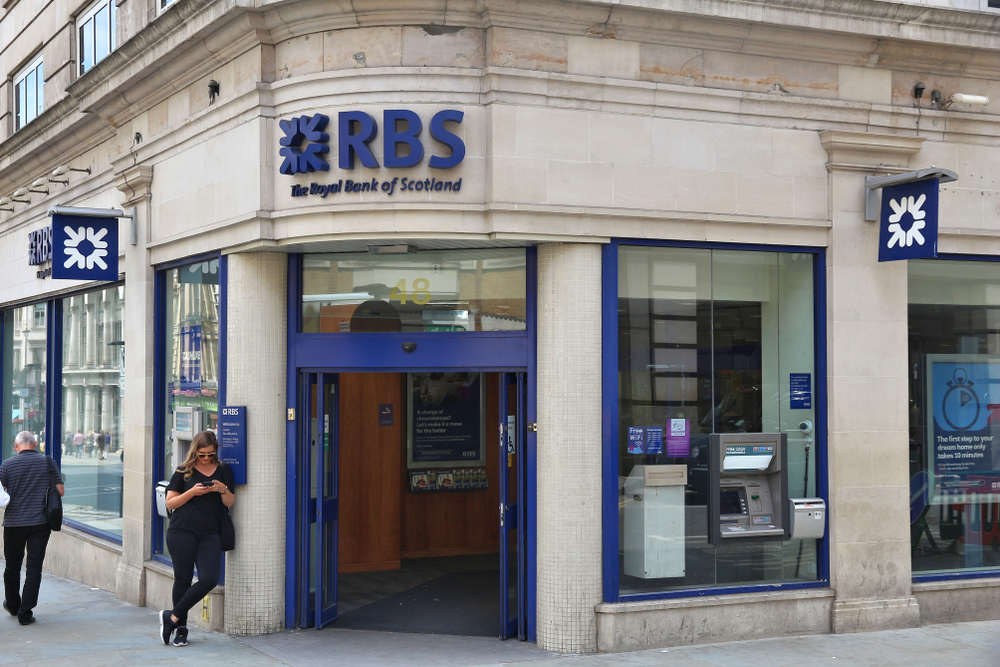News
More than 3,000 bank branches closed in last five years

More than 3,000 bank branches have closed since 2015 and hundreds more have slashed their opening hours, according to research.
Consumer group Which? found that 3,303 branches shut their doors between January 2015 and August 2019 – more than a third of the entire branch network.
Overall, the number of branches fell from 9,803 to 6,549 over the period.
The closures were primarily driven by the ‘big four’ banks, with RBS Group cutting its network by 56 per cent.
RBS closed a staggering 412 branches across the UK, while Natwest closed the most branches overall – a whopping 638.
Ulster Bank, also part of the same banking group, closed 35 branches in Northern Ireland.
HSBC reduced its network by 442, and Barclays closed at least a third of its branches with 481 closures.
Lloyds Bank closed 404 branches, Bank of Scotland shut 95 branches and Halifax closed 70 branches.
In contrast, Nationwide retained an impressive 96 percent of its branches, following a pledge to keep its last branch in any town or city open until at least May 2021.
Of all the UK’s bank branches that remain open, 298 are now operating with reduced opening hours of four days a week or less.
Eleven branches – all in Scotland – open for just one day a week, while 45 branches nationwide open for just two days a week.
The worst-hit areas were typically rural. For example, there is now not a single bank branch in the entire Wentworth and Dearne constituency in Yorkshire, which has a population of 98,000.
Overall, Wales was the hardest hit region, losing 239 branches. This was followed by the North West, which lost 424 branches.
Jenny Ross, Which? Money Editor, said: “Banks are closing their branches at an alarming rate, which risks shutting many people out of vital financial services and affecting their ability to access their own cash.
“Bank branches play a crucial role within communities, serving consumers and businesses alike. The industry must ensure no-one is left behind by the digital transition and that when banks shut their doors they don’t shut their customers out of important banking services.”